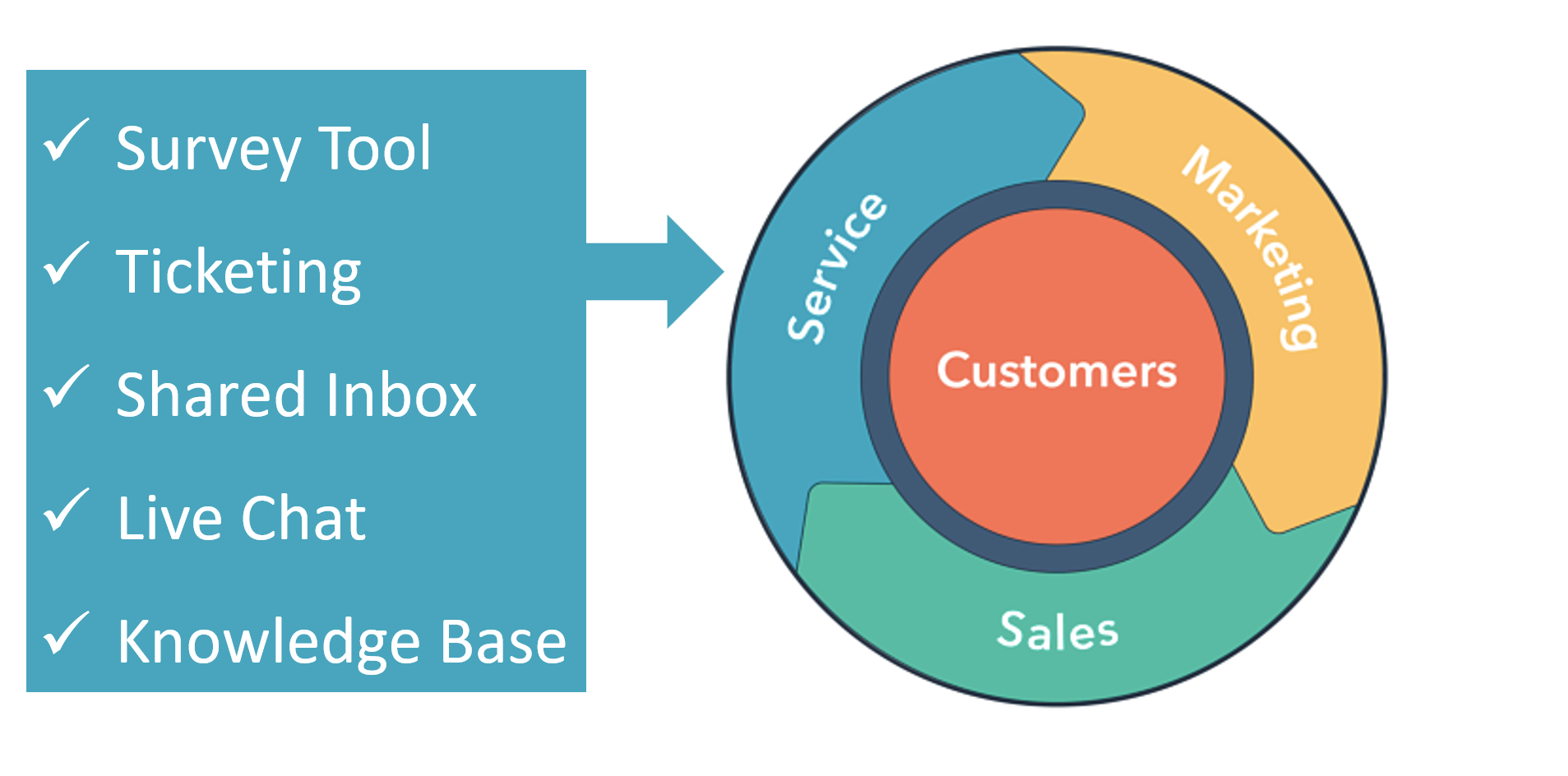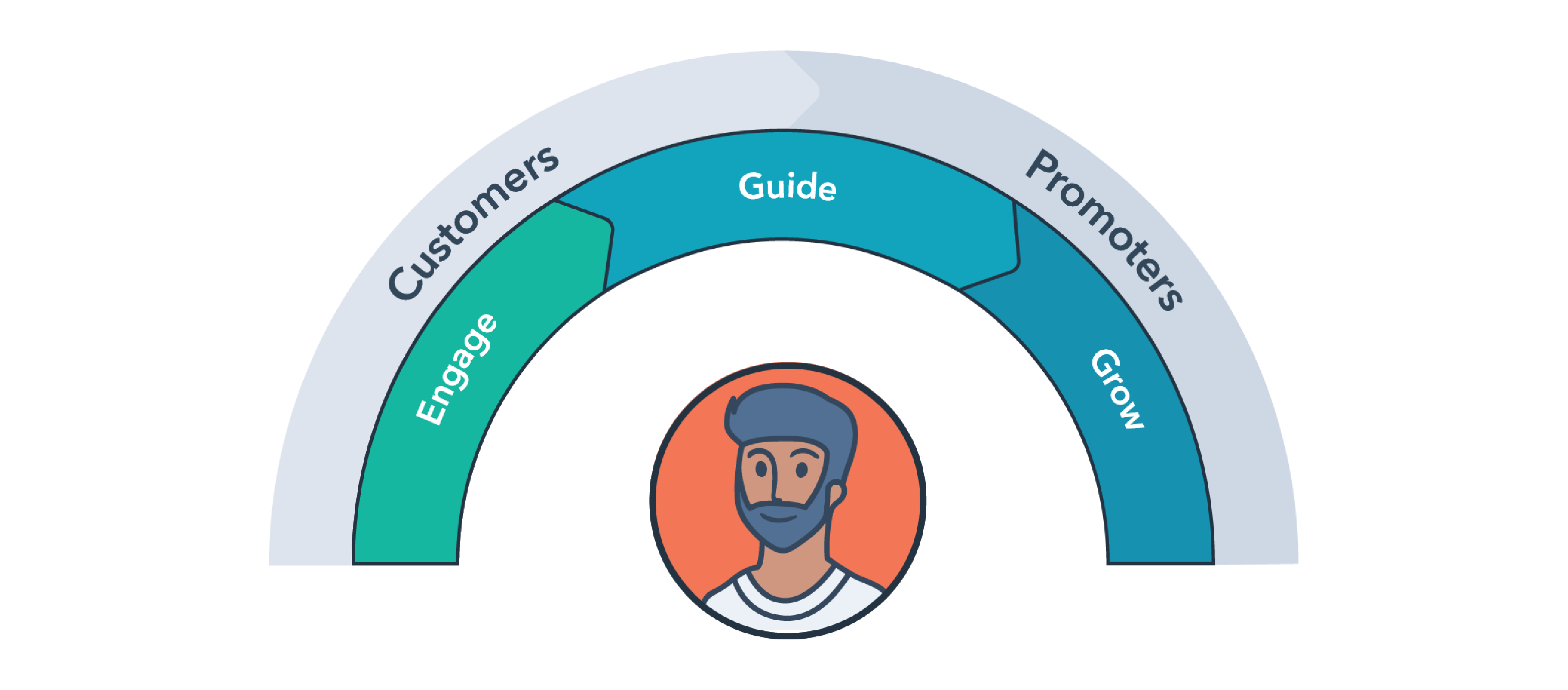The Cost Of A Bad Customer Experience in 2025
From rising costs of living to a surge in layoffs, Americans are feeling the pressures of economic uncertainty. Trends show spending cutbacks on both the business and consumer end. Both B2B and B2C need to respond–and fine-tuning the customer experience is a key step.
The Aftermath of Bad Customer Support: A Personal Anecdote
Last week, I had an issue while trying to reset my Hulu password. It was my first time logging into the account in months, and the standard reset process seemed to have a fluke. After 30 minutes trying to sort things out over the phone with an ill-equipped customer support agent, I couldn’t take it anymore. I requested they cancel the account subscription instead of helping me log back in. No one in my family had used Hulu in months, and we found the same movie we wanted to watch on a different streaming platform anyways. At the time, saving the 20 bucks a month seemed like a much more appealing option after a frustrating customer experience.
This sort of reaction is all the more common in 2025–when there are thousands of competing options for most products and services, and customers are looking to cut costs anywhere possible. This is why your customer experience is KEY during periods of economic uncertainty.
So, how do you nail the customer experience to retain existing customers?
Take Current Pressures Into Consideration
Of course, factors vary depending on your industry and ideal customer profile (ICP). But there are a number of glaring factors impacting everyone right now.
Price Sensitivity & Increased Competition
Businesses and consumers are more prone to scrutinize every purchase right now. Both B2B and B2C brands need to justify their pricing and demonstrate value. With customers becoming more selective, competition intensifies as well. Brands must differentiate themselves not just on product features, but also through superior customer experience to stand out.
AI as a Disruptor
AI offers a number of positive opportunities to improve the customer experience (which I’ll dive into more in part 2), but it’s also shaking things up so fast that many businesses are struggling to catch up. This manifests in different ways for different industries.
Maybe you’re seeing emerging AI tools that compete with your service offerings. Or maybe your customers are beginning to expect faster service, quicker resolutions, and more streamlined processes as they grow accustomed to an AI-driven digital age.
Businesses need to address these challenges by understanding the unique ways in which AI might impact their services, ICP expectations, and more.
Increased Support Volume
When customers are more cost-conscious, they’re more likely to reach out to support. Whether it’s troubleshooting, clarifying billing concerns, or expressing doubts, today’s users want an efficient and personalized experience to maximize their investment in your product.
To avoid frustrating experiences that drive customers away, support teams must be equipped to manage these spikes efficiently. This may involve training agents to know when to escalate a ticket, investing in smart ticketing systems that route inquiries by urgency or complexity, and proactively addressing recurring issues through help center content or in-app guidance.
Digital Fatigue & Demands For Transparency
In an era where nearly every interaction has shifted online, more customers are craving human connection and authenticity. Endless email sequences, chatbot conversations, and account dashboards can lead to frustration.
Automation shouldn’t come at the expense of clarity. Communicate in plain language, avoid burying key information in fine print, and provide clear, honest updates about issues or changes that impact the customer. Whether it's pricing, feature updates, or service availability, transparency is not optional–it’s expected. Offering options like live chat with real humans, callbacks instead of hold queues, and honest explanations for delays can go a long way in maintaining trust.
Security & Privacy Concerns
Data privacy is an increasing concern amongst customers. To ensure customer confidence in your brand, display trust signals like certifications, outline your data policies in understandable terms, and give users control over their data whenever possible.
When customers feel safe, they’re more likely to remain loyal during economic downturns.
Shifting Customer Needs
Economic pressure doesn’t just shrink budgets–it reshapes priorities. What was once a “nice to have” may now be non-essential, while other features or services become mission-critical.
This requires ongoing monitoring and data analytics. Review customer feedback, CRM insights, and behavioral data to spot trends and shifts in what matters most to your audience. Be ready to pivot your messaging, service tiers, or product offerings to meet those evolving needs.
Leverage emerging technology to enhance customer satisfaction
AI-driven solutions can serve nearly every stage of your customer experience. From optimizing your marketing campaigns, to analyzing your CRM data to creating more efficient service workflows, businesses can take advantage of AI to drive efficiency while maintaining a human connection.
AI-Powered Personalization at Scale
You can also leverage AI to enhance existing CX workflows, analyzing customer behavior, preferences, and past interactions to deliver tailored product recommendations, personalized content, and customized support journeys. This level of responsiveness fosters a feeling of being understood, something customers value even more when money is tight.
Rather than relying on generic messaging, AI allows businesses to dynamically adjust communication and offers based on the customer’s profile and journey stage.
Proactive Support With Predictive Analytics
Emerging platforms can now flag potential customer issues before they occur. Whether it's usage anomalies, incomplete onboarding, or missed engagement signals, predictive analytics help teams intervene early.
By solving problems before they’re reported, brands demonstrate attentiveness and care–two attributes that drive loyalty and reduce churn during uncertain times.
Smart Automation That Doesn't Sacrifice Empathy
Automation doesn’t have to feel robotic. With the right tools, brands can build automated workflows that deliver quick answers while still feeling human. Tools like natural language processing and sentiment analysis can ensure chatbot responses feel considerate and aligned with customer emotions.
Blending automation with empathy gives your team the best of both worlds–efficiency for your business and a warm, responsive experience for your customers.
The Bottom Line
When times are tough, customers are quicker to walk away. But they’re also more likely to stay loyal to brands that truly get them. Prioritizing the customer experience in 2025 will set you up to build lasting relationships that last beyond the downturn.
Brands that invest in thoughtful, responsive, and tech-enabled customer experiences will be the ones that come out stronger on the other side.






